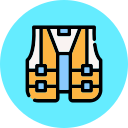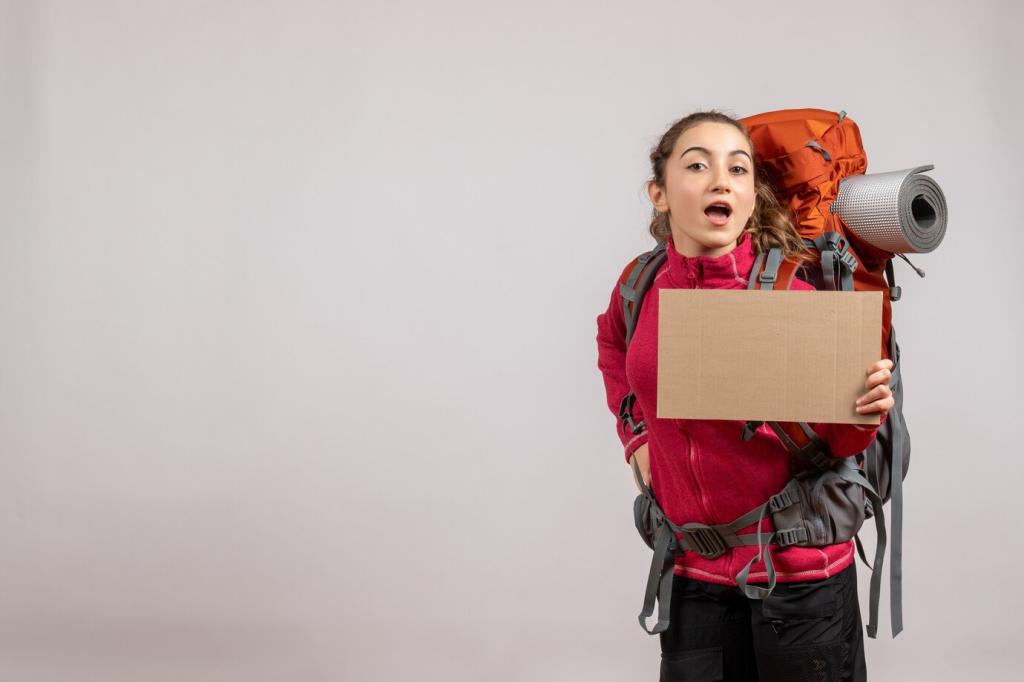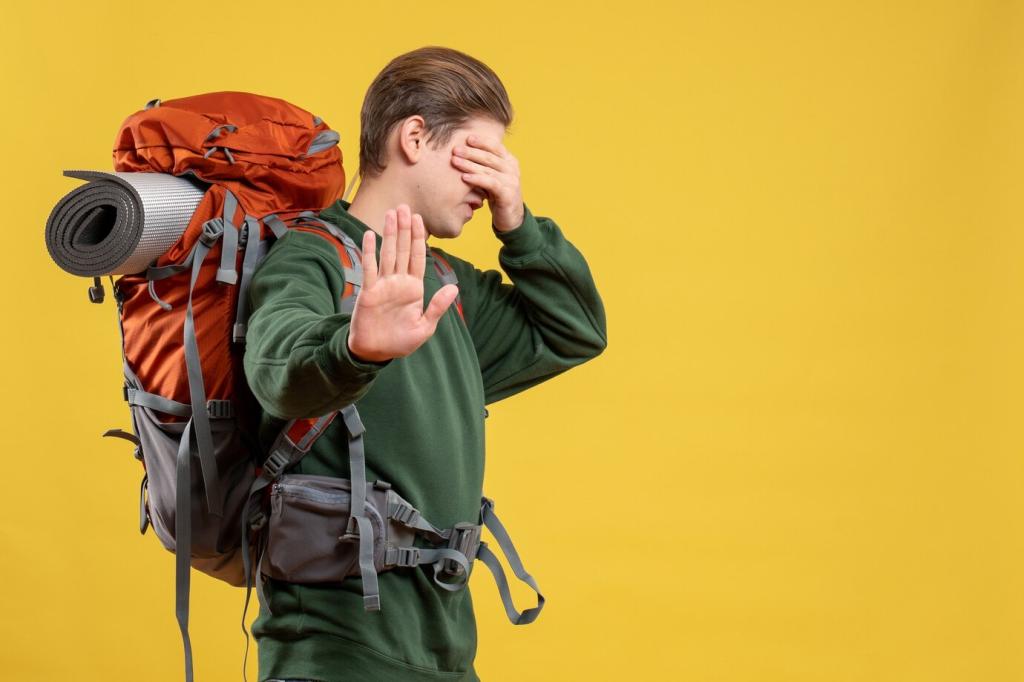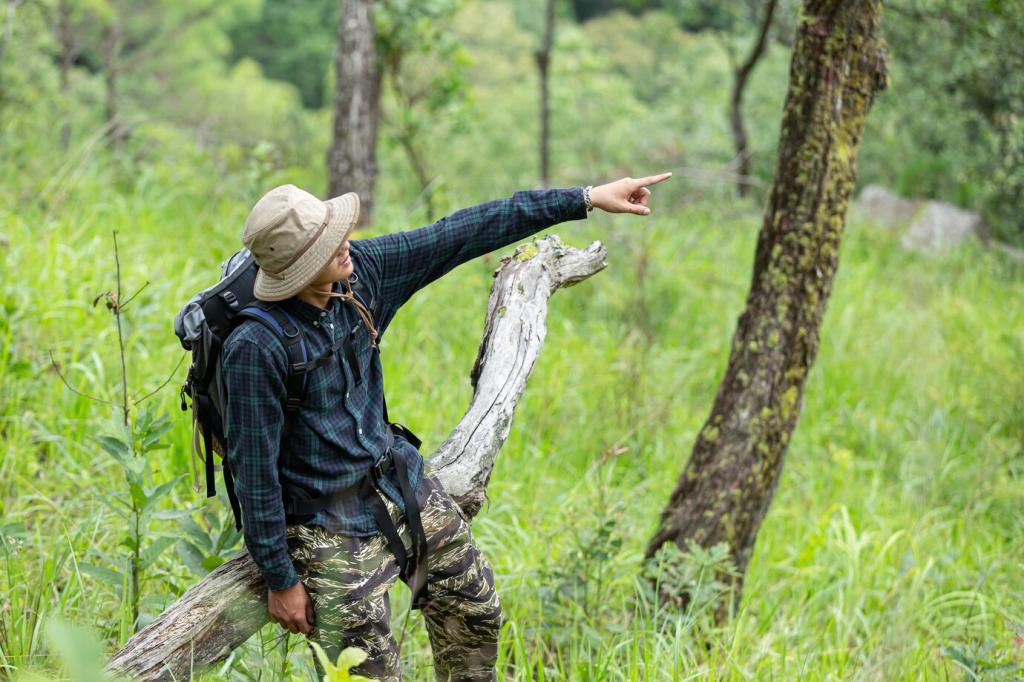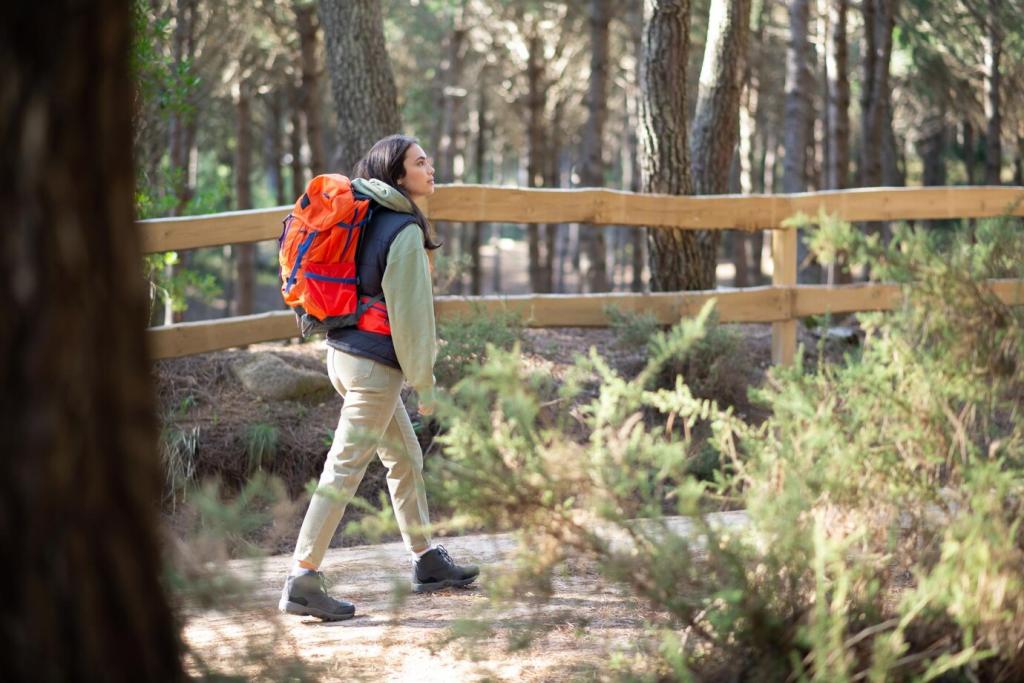Medical Preparedness and Field First Aid
Distribute first aid essentials across the team, including blister care, pressure bandage, antihistamines, pain relief, and a SAM splint. Address hot spots and dehydration at the first hint. Small fixes early prevent forced marches and stressful evacuations later.
Medical Preparedness and Field First Aid
Know early signs: headache and nausea at altitude, the umbles for hypothermia, and dizziness in heat. Treat with descent, insulation, hydration, and gentle nutrition. Encourage honest symptom reporting; pride is a liability when the environment punishes hesitation.
Medical Preparedness and Field First Aid
Agree on an incident lead, a medical lead, and a communicator. Use clear, calm statements and closed-loop communication to avoid confusion. A brief mock drill in the parking lot transforms panic into practiced steps when minutes really matter.
